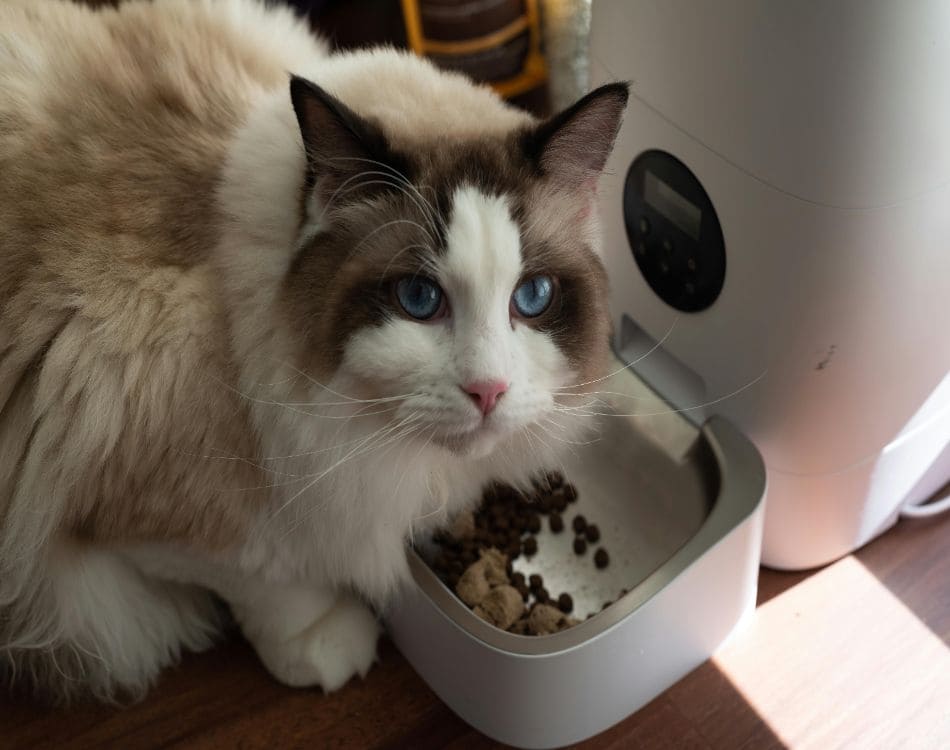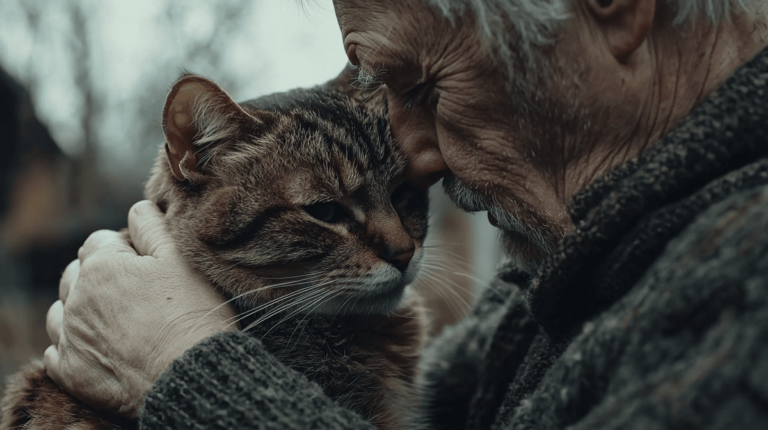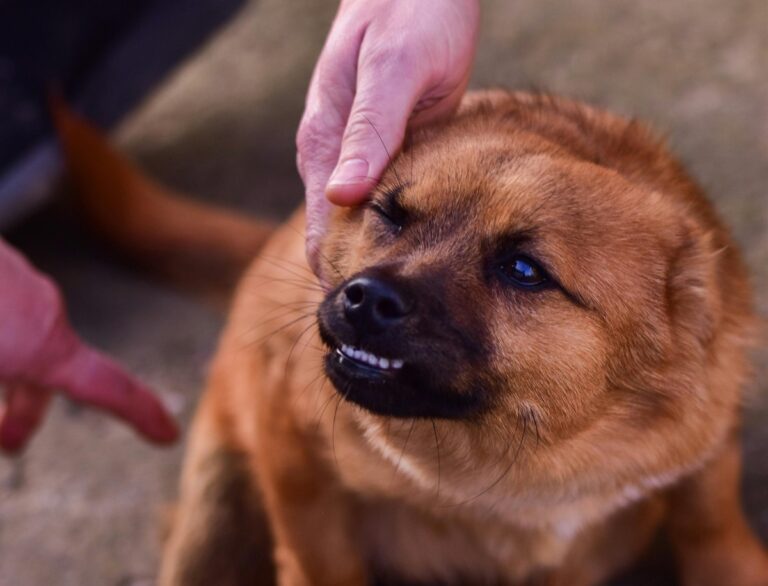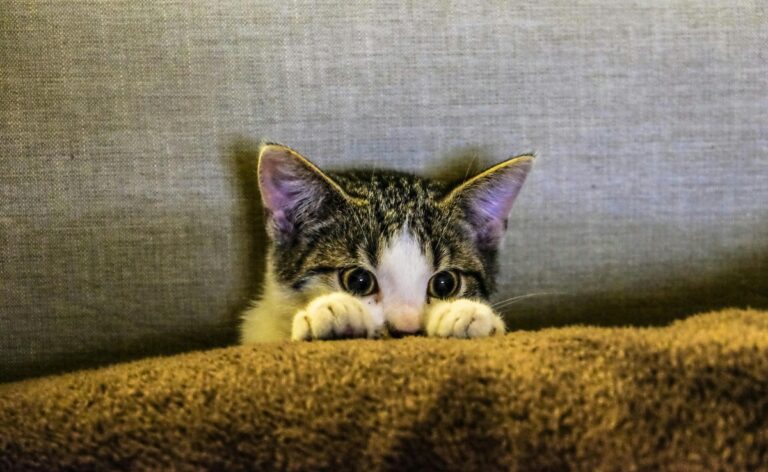Major Red Flags in Cat Behavior That Could Signal a Problem
Cats are known for their independent and sometimes quirky behaviors, but when something seems off, it could be a sign that your cat is experiencing an underlying issue. While cats are often good at hiding pain or discomfort, certain behaviors can indicate that something is wrong. Here are some major red flags in cat behavior that could signal a potential problem.
Cats are creatures of habit, and changes in their usual behavior should never be overlooked. Whether it’s a sudden shift in eating habits, a change in litter box usage, or strange vocalizations, it’s essential to pay attention to these signs. Here are some key behavioral changes to watch for:
1. Excessive Grooming or Lack of Grooming
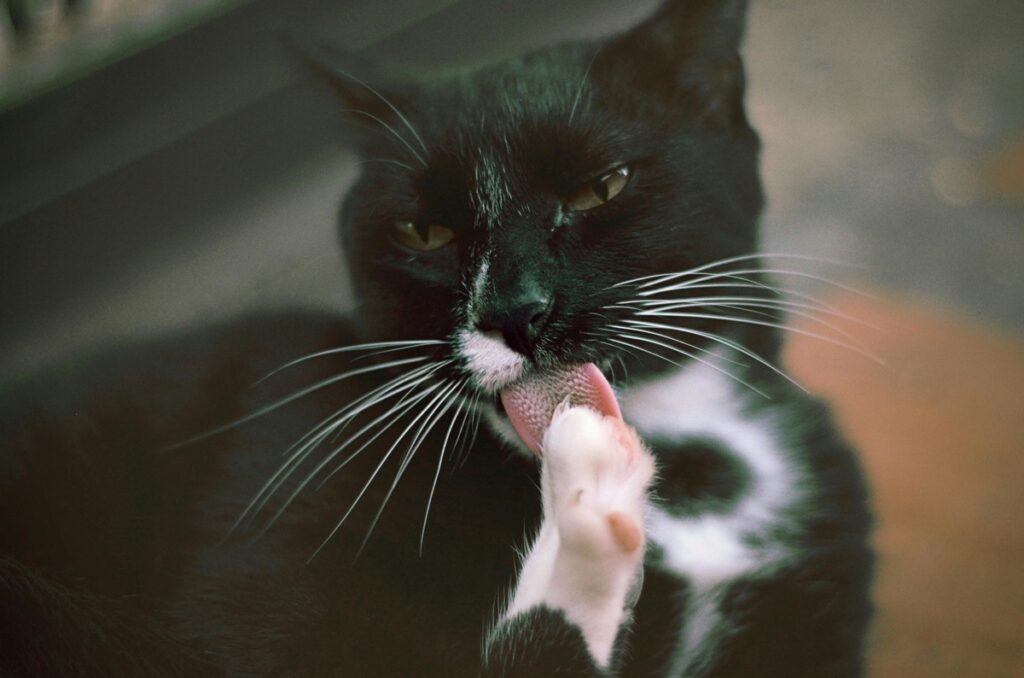
Grooming is a natural part of a cat’s routine, but an excessive amount of grooming or a complete lack of it can signal a health issue. If your cat is constantly licking, chewing, or biting at certain areas of its body, it may be experiencing skin irritation, allergies, or even anxiety. On the other hand, if your cat stops grooming entirely, it could be a sign of arthritis, pain, or even depression. Gen Z-ers with busy lifestyles might miss these signs if they don’t closely monitor their cat’s habits.
2. Changes in Appetite or Weight Loss
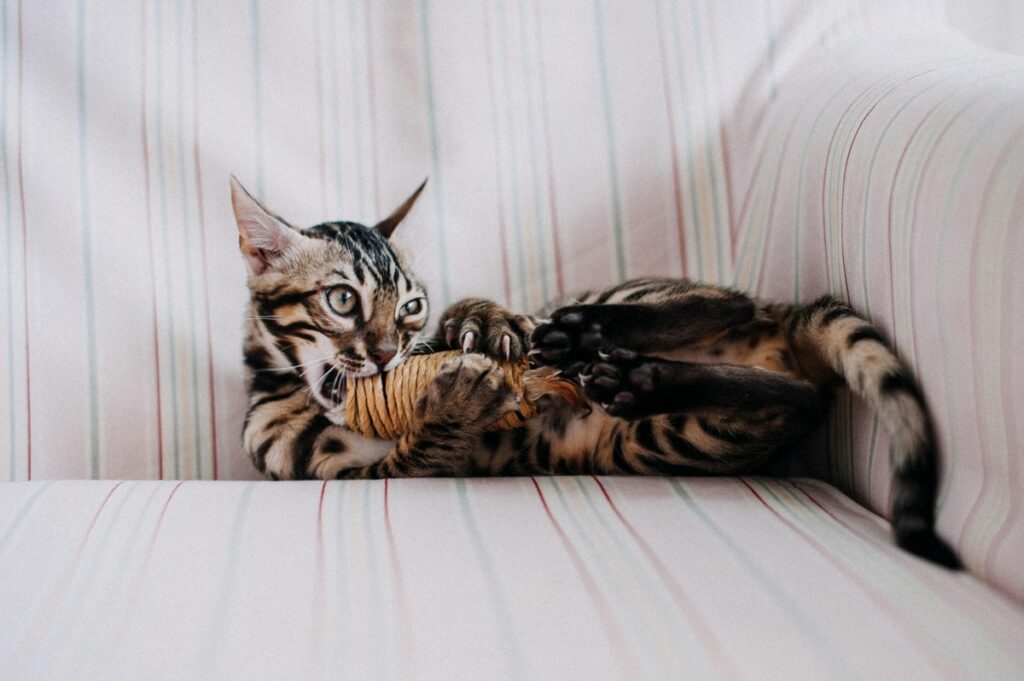
A sudden increase or decrease in appetite can be a red flag for several health problems, ranging from digestive issues to more serious conditions like kidney disease or hyperthyroidism. Weight loss is particularly concerning, as it can be a sign of malnutrition, diabetes, or even cancer. If your cat suddenly refuses to eat or seems unusually ravenous, it’s important to consult a vet.
3. Frequent Vomiting or Diarrhea
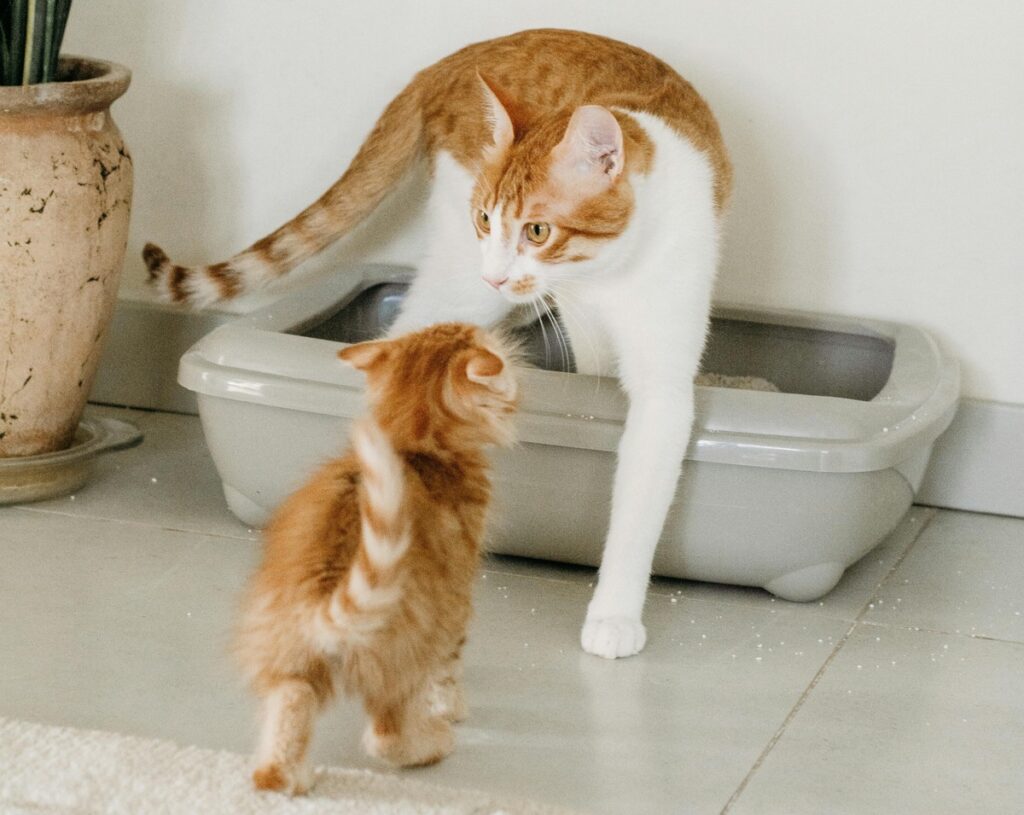
While occasional vomiting or a mild case of diarrhea can be common in cats, frequent vomiting or chronic diarrhea is not. These symptoms can indicate parasites, intestinal issues, or infections. If your cat is vomiting regularly or having diarrhea that lasts more than a day or two, it’s crucial to get them checked by a vet. Gen Z-ers who may not notice minor changes in their pet’s routine could miss the severity of these health problems.
4. Sudden Aggression or Irritability
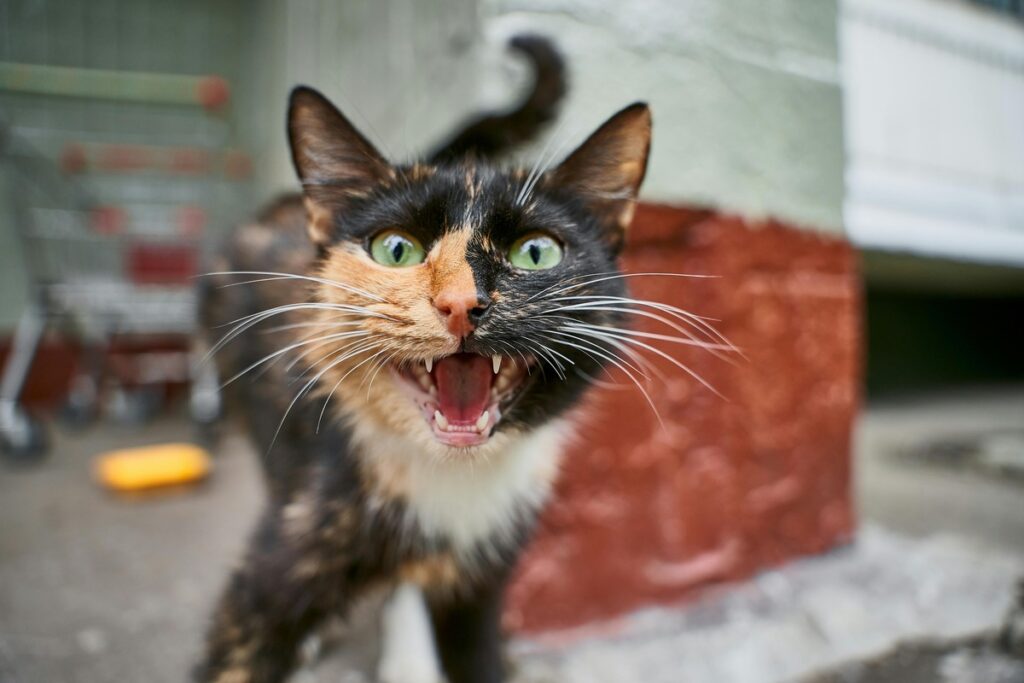
If your usually calm cat becomes aggressive, irritable, or starts attacking without provocation, it could be a sign of pain or discomfort. Cats often hide their pain, but aggression can be an instinctual response to feeling vulnerable or in pain. This can also be related to a sudden change in their environment or stress. If aggression persists, it’s essential to rule out any physical or psychological issues.
5. Litter Box Problems
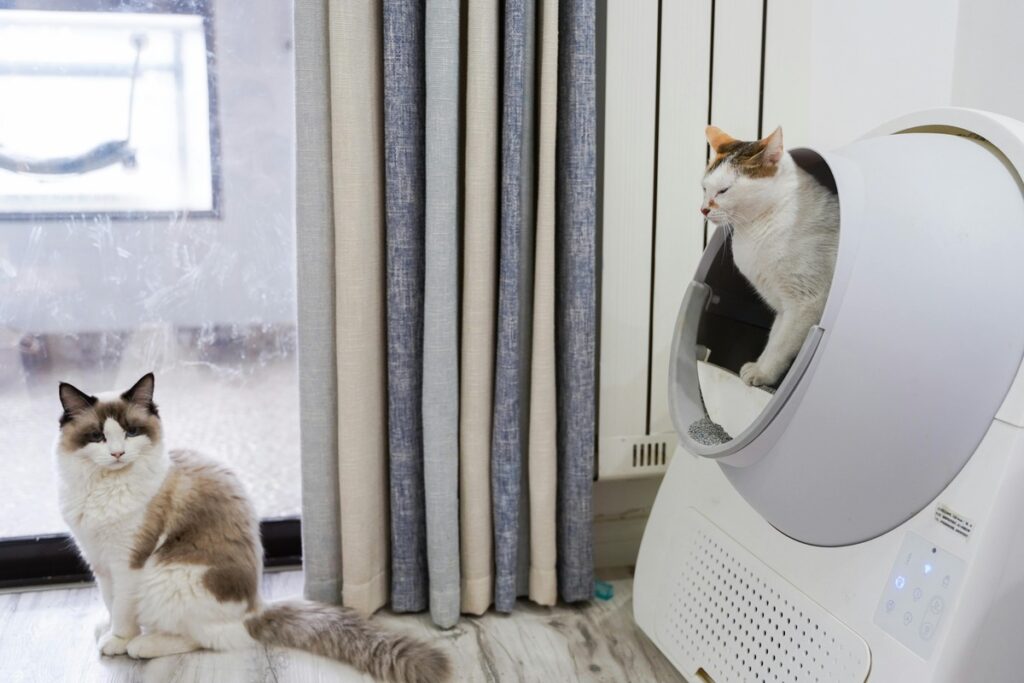
Cats are generally very clean animals and use their litter box regularly. A sudden avoidance of the litter box or frequent accidents around the house could indicate a urinary tract infection (UTI), bladder stones, or even kidney disease. Gen Z-ers who are new to cat ownership may not realize that such behavior can be a serious health concern, and it’s essential to address it quickly to avoid further complications.
6. Excessive Sleeping or Lethargy
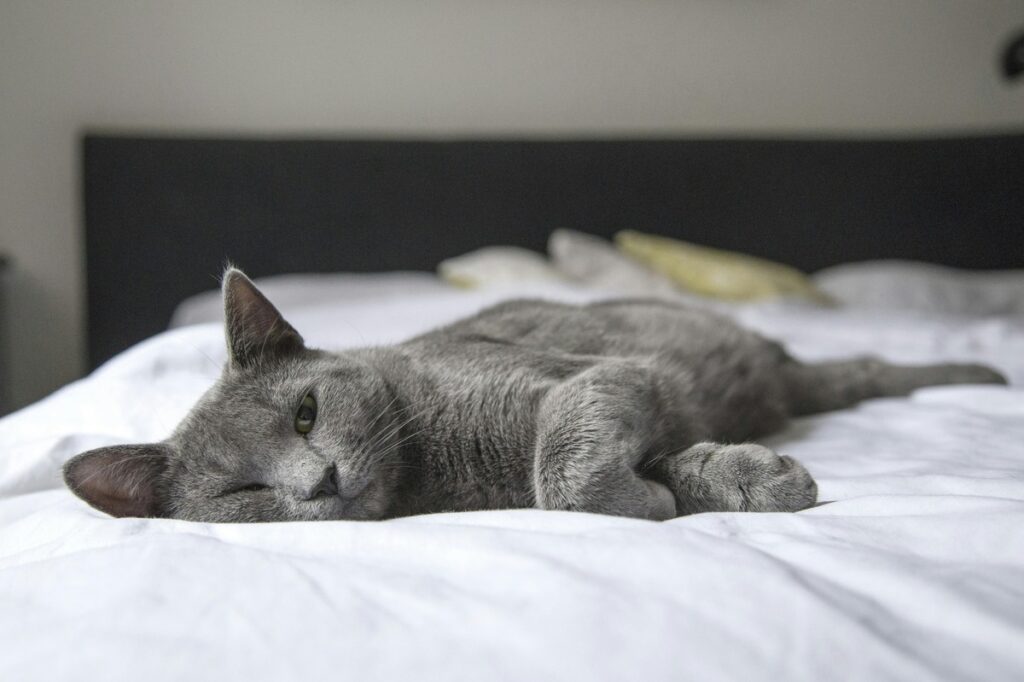
While cats are known for napping, a sudden increase in sleeping time or a noticeable lack of energy could indicate an underlying health problem. Lethargy can be a symptom of several issues, including anemia, infection, or depression. If your cat becomes unusually tired and stops interacting with its surroundings, it may be time for a check-up.
7. Constant Vocalization or Silence
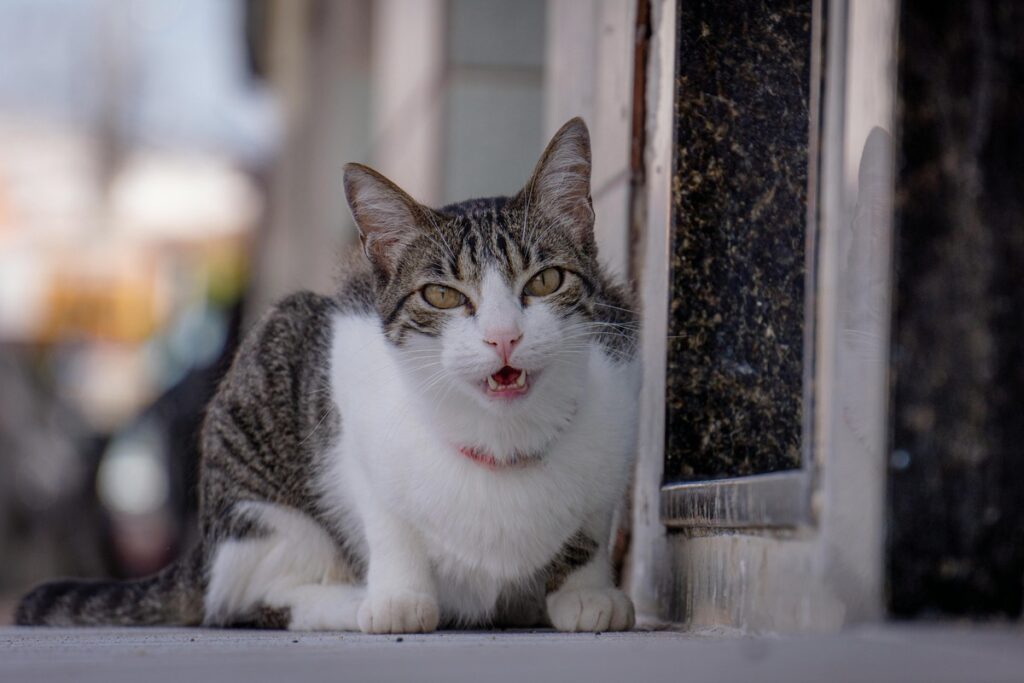
Cats typically vocalize to communicate, but if your cat begins to vocalize more than usual, it could be a sign of discomfort or distress. Excessive meowing could be a sign of pain, hunger, or a desire for attention due to anxiety or stress. On the other hand, if a cat that’s usually vocal becomes suddenly silent and unresponsive, it could indicate that they are in severe pain or feeling depressed.
8. Unexplained Behavior Changes
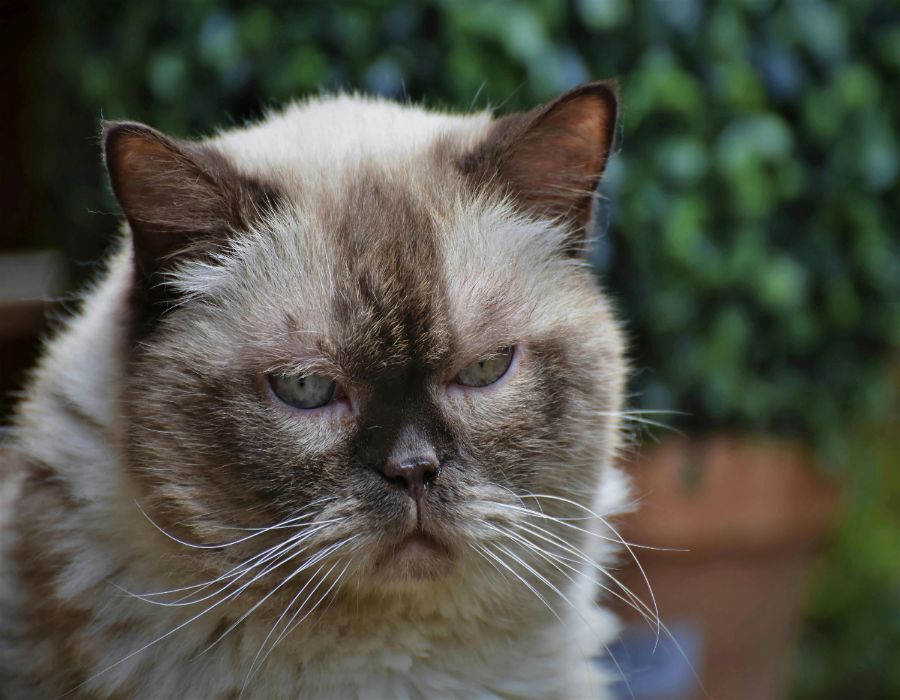
If your cat’s overall behavior seems to have changed drastically, it could be a sign of a medical issue. For example, if your cat becomes withdrawn, hides more than usual, or becomes overly clingy, this can indicate stress, pain, or illness. Gen Z-ers who live in fast-paced environments may miss subtle changes, but even small shifts in behavior should be monitored closely.
9. Swollen Abdomen or Difficulty Breathing

A swollen abdomen or difficulty breathing can indicate serious health issues, such as heart disease, fluid retention, or tumors. If your cat seems to have trouble breathing, has a distended abdomen, or is having difficulty moving, it’s important to take them to the vet immediately. These symptoms should never be ignored, as they can indicate life-threatening conditions.
10. Excessive Drinking or Urination

If your cat starts drinking excessively or urinating more than usual, it could indicate a problem with the kidneys, diabetes, or hyperthyroidism. Cats with kidney disease or diabetes often drink more water and urinate more frequently as their bodies struggle to regulate. If you notice these changes, consult your vet as soon as possible.
When to See the Vet
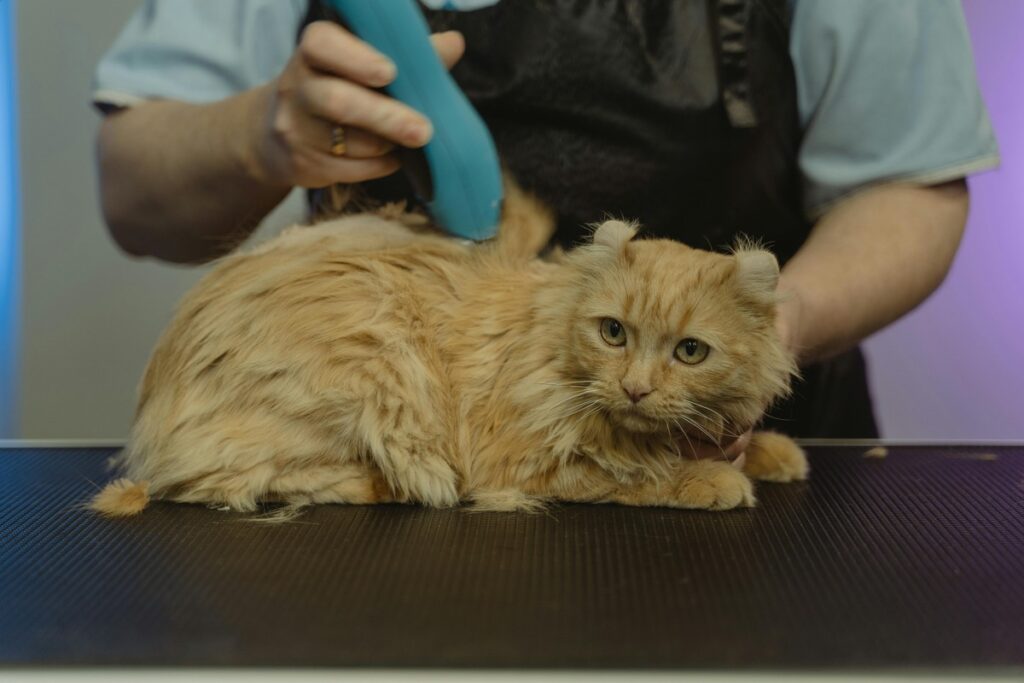
While cats may occasionally show minor behavioral quirks, the key is to notice patterns or sudden changes in their routine. If any of these behaviors persist, it’s essential to visit a veterinarian for a thorough evaluation. Early intervention can make all the difference in your cat’s health, and the sooner you address these red flags, the better the outcome for your furry friend.

